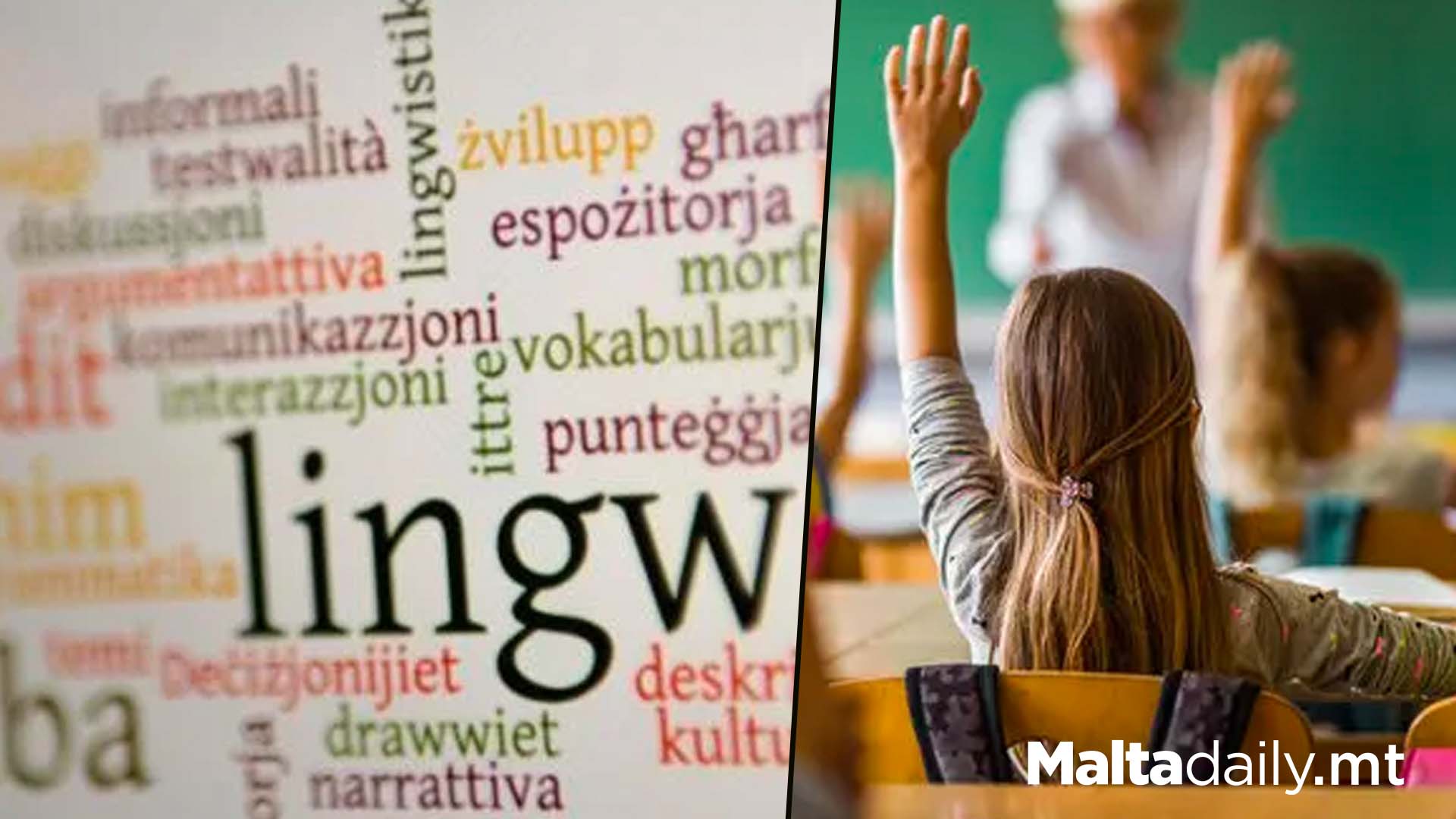25% Of Maltese Under 10 Consider English 1st Language

A significant demographic shift is evident in Maltese language preferences among children under 10, as around 25% consider English their first language, indicating a rise in English usage compared to previous generations.
Among those aged 10 to 19, approximately 15% view English as their primary language, a figure that decreases to about 9% for adults in their 20s, 30s, and 40s, declining further for seniors.Despite Maltese remaining the predominant mother tongue across all age groups, the prevalence of English as the first language is more pronounced in areas like Swieqi, Sliema, and St Julian’s.
According to the 2021 Census of Population and Housing by Malta’s National Statistics Office (NSO), nearly 40% of Swieqi’s residents and around a quarter of those in Sliema and St Julian’s spoke English from early childhood. The census did not allow for a direct comparison with previous periods due to changes in questioning methods.
Additionally, the census highlighted a nearly 96% literacy rate in 2021, indicating improvement from the 2011 census. Swieqi boasted the highest literacy rate at almost 99%, while Luqa reported the lowest at just over 89%. Simultaneously, a survey revealed that while Maltese is perceived as easier to speak, English is considered easier to read and write.
#MaltaDaily


